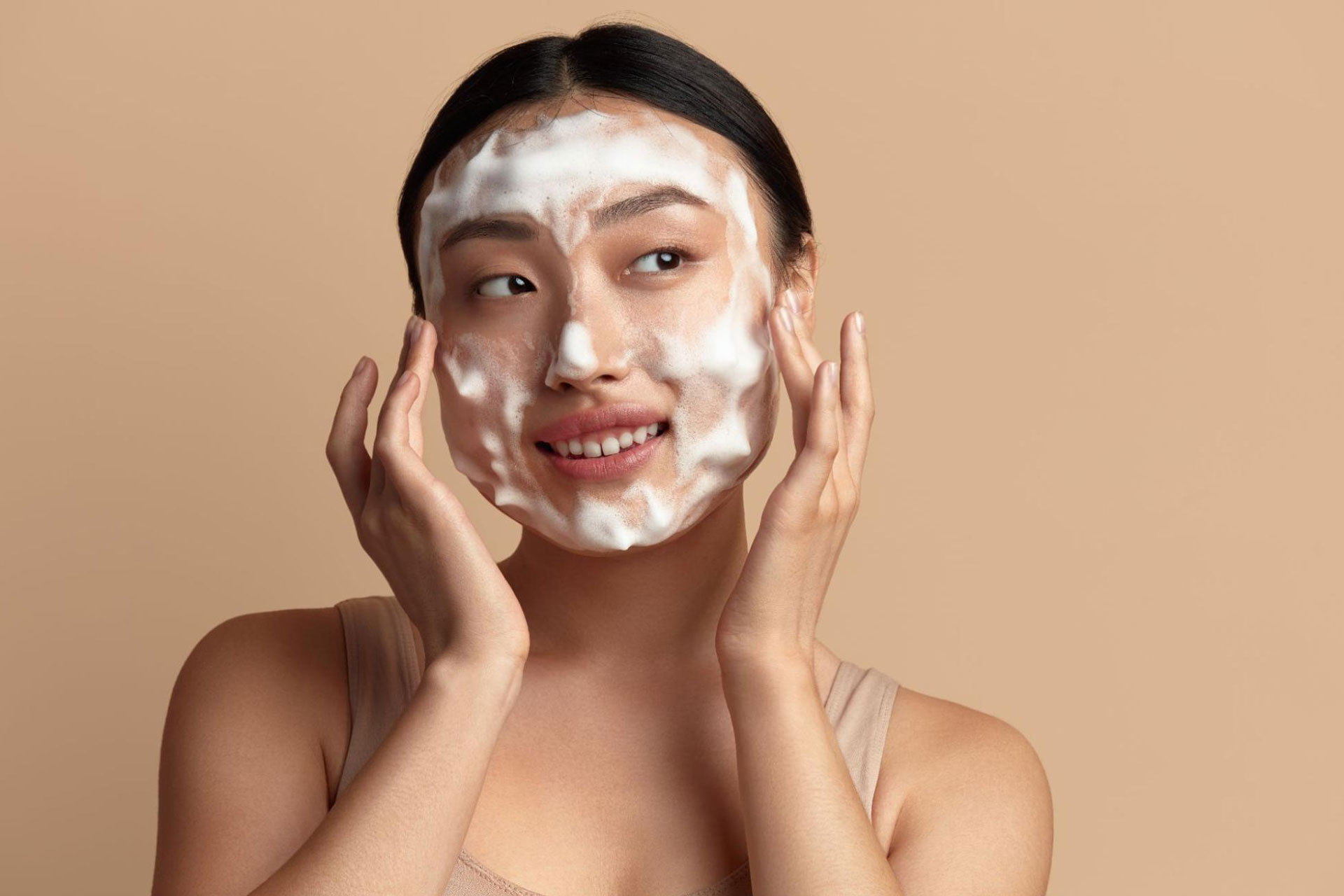The Real Reasons Why Your Cleanser Isn’t Working

Cleansing is a fundamental step in any skincare routine. It’s the first line of defense against dirt, oil, and impurities that accumulate on your skin throughout the day. However, if you find that your cleanser isn’t delivering the results you expect, don’t worry; you’re not alone. There are several common reasons why your cleanser might not be working as effectively as it should. So in this article, we’ll delve into these issues and provide practical solutions to help you get the most out of your cleansing routine.
Using the Wrong Cleanser for Your Skin Type
One of the primary reasons your cleanser may not be working is that it’s not tailored to your specific skin type. Keep in mind that not all cleansers are created equal, and using the wrong one can lead to problems.
Related: How to Choose the Right Facial Cleanser According to Your Skin Type
Here’s a quick breakdown of the different skin types and the type of cleanser that suits them bestL
1. Oily Skin
If you have oily skin, you’ll want a gel-based or foaming cleanser that helps control excess oil without over-drying your skin.
2. Dry Skin
For dry skin, opt for a creamy or hydrating cleanser that adds moisture while cleansing.
Related: Best Skincare Routine for Dry Skin
3. Combination Skin
If your skin is a mix of oily and dry areas, a gentle, balanced cleanser is ideal.
4. Sensitive Skin
Sensitive skin requires a fragrance-free, hypoallergenic, or gentle cleanser to avoid irritation.
5. Acne-Prone Skin
Look for a cleanser with salicylic acid or benzoyl peroxide to target acne and prevent breakouts.
Solution: Choose a cleanser that aligns with your skin type to achieve optimal results. See to it as well that you do thorough research first before splurging on skincare products, so you can avoid overspending on products that will only leave your skin damaged.
Not Cleansing Twice Daily
Cleansing your face regularly is crucial for maintaining healthy, clear skin. If you’re not cleansing twice daily, you might be allowing dirt and impurities to accumulate, leading to various skin issues.
Solution: Make it a habit to cleanse your face both in the morning and before bedtime to keep your skin clean and fresh. However, you also shouldn’t overwash your face, as it can cause dryness, resulting in the skin being more sensitive and prone to irritation.
Related: 9 Misconceptions About Face Cleansing Exposed
Rushing Through the Cleansing Process
Are you guilty of a quick 10-second cleanse? Rushing through the process doesn’t allow your cleanser to do its job effectively. Proper cleansing requires a bit more time and attention.
Solution: Take at least 60 seconds to massage the cleanser into your skin, using gentle, circular motions. This ensures that the product has enough time to break down impurities.
Using the Wrong Water Temperature
The temperature of the water you use to cleanse your face matters more than you might think. Extremely hot water can strip your skin of essential oils, while very cold water may not effectively remove dirt and oil.
Solution: Use lukewarm water for cleansing. It helps open up your pores, allowing the cleanser to penetrate deeper without causing excessive dryness.
Overusing or Underusing Cleanser
Using too much or too little cleanser can hinder its effectiveness. Overusing can strip your skin, while underusing won’t adequately remove impurities.
Solution: Use a dime-sized amount of cleanser for a single wash. Adjust the amount as needed depending on your skin’s condition and the product’s instructions.
Skipping Makeup Removal
Cleansing is not a substitute for makeup removal. If you skip this step, your cleanser won’t be able to penetrate through layers of makeup, leading to ineffective cleansing.
Solution: Always remove makeup with a dedicated makeup remover or micellar water before cleansing your face.
Not Following Up with Moisturizer
Cleansing can strip your skin of natural oils, leaving it dry. If you skip moisturizing, your skin might compensate by producing even more oil, leading to breakouts.
Solution: After cleansing, apply a suitable moisturizer to keep your skin hydrated and balanced.
Related: 7 Must-Know Benefits of Moisturizing your Skin
Using the Wrong Cleansing Technique
Scrubbing your face vigorously with your cleanser won’t make it work better. In fact, it can cause irritation and damage to your skin’s protective barrier.
Solution: Gently massage the cleanser into your skin using upward circular motions. Pat your face dry with a soft towel instead of rubbing it.
Not Giving Your Cleanser Time to Work
Expecting instant results from your cleanser is unrealistic. Skincare is a long-term commitment, and it may take time for your skin to show improvement.
Solution: Be patient and consistent with your skincare routine. It can take several weeks to see noticeable changes.
Using Expired Cleanser
Cleansers, like all skincare products, have a shelf life, with unopened products having an approximate of 2 years. Using an expired cleanser may not only be ineffective, but can also be harmful to your skin.
Solution: Regularly check the expiry date on your cleanser and replace it when necessary.
To sum it up, if your cleanser isn’t working as expected, it’s essential to identify the underlying causes. Remember, skincare is not about quick fixes, but about long-term commitment and patience. It’s best to assess your cleansing habits and make the necessary adjustments to ensure your cleanser works effectively for you.
Are you looking for Skincare Products in the Philippines? Visit our page! We have a variety of items for you to browse! Like our Facebook page for updates!
